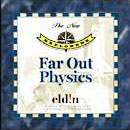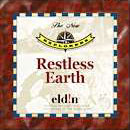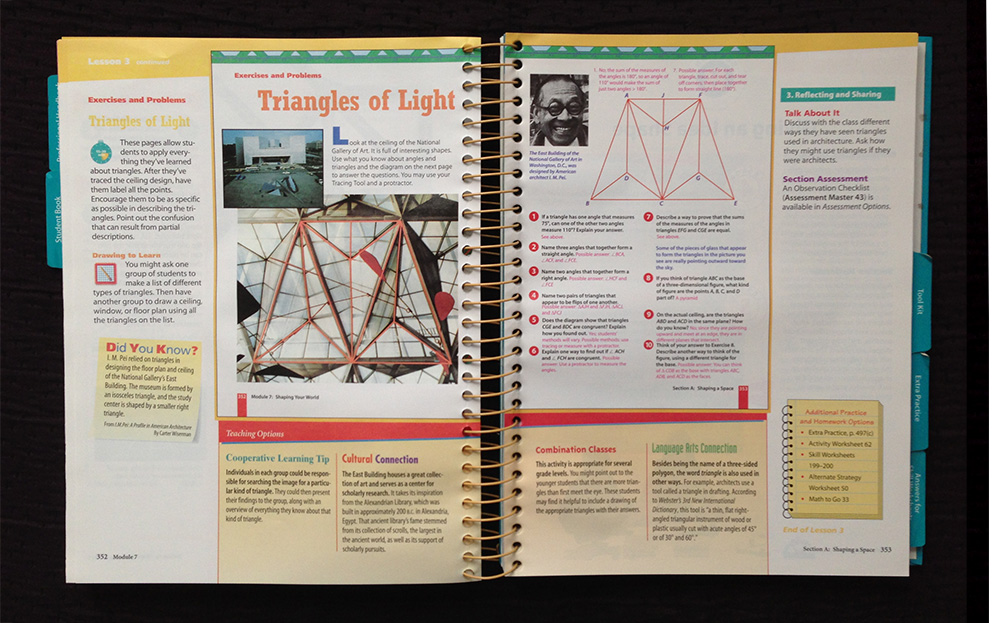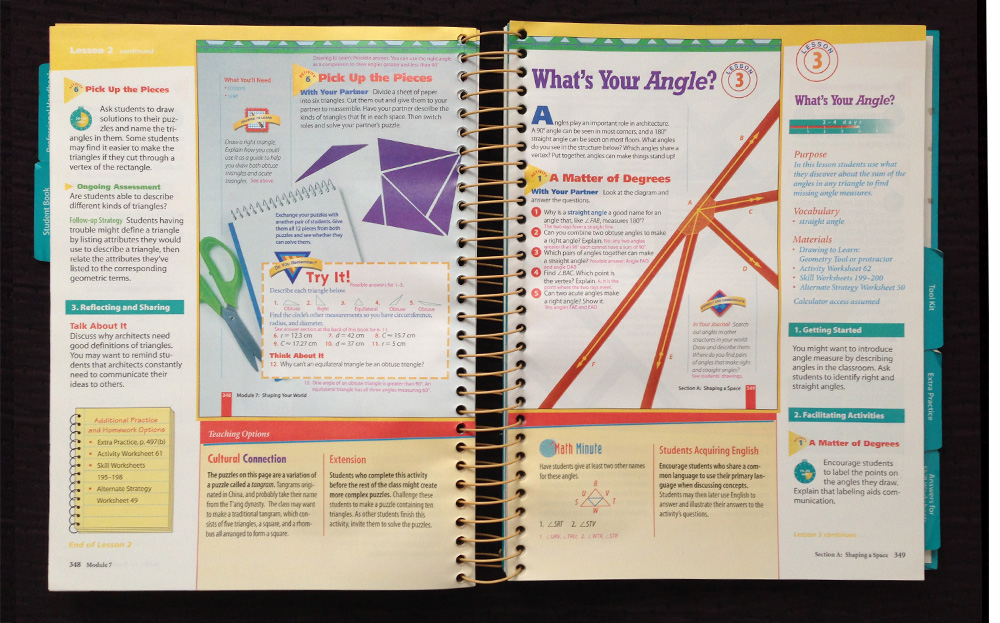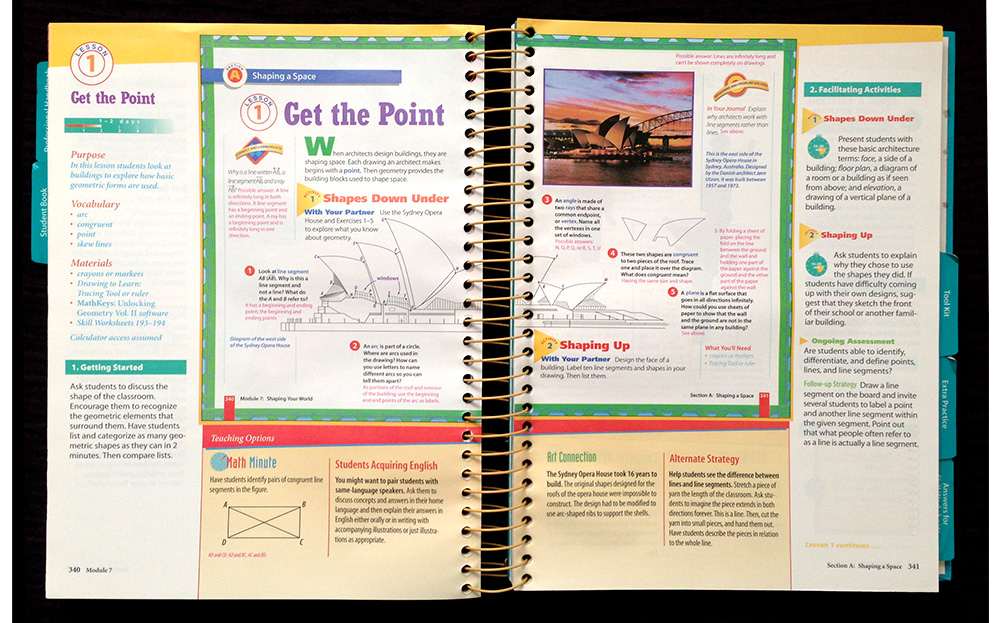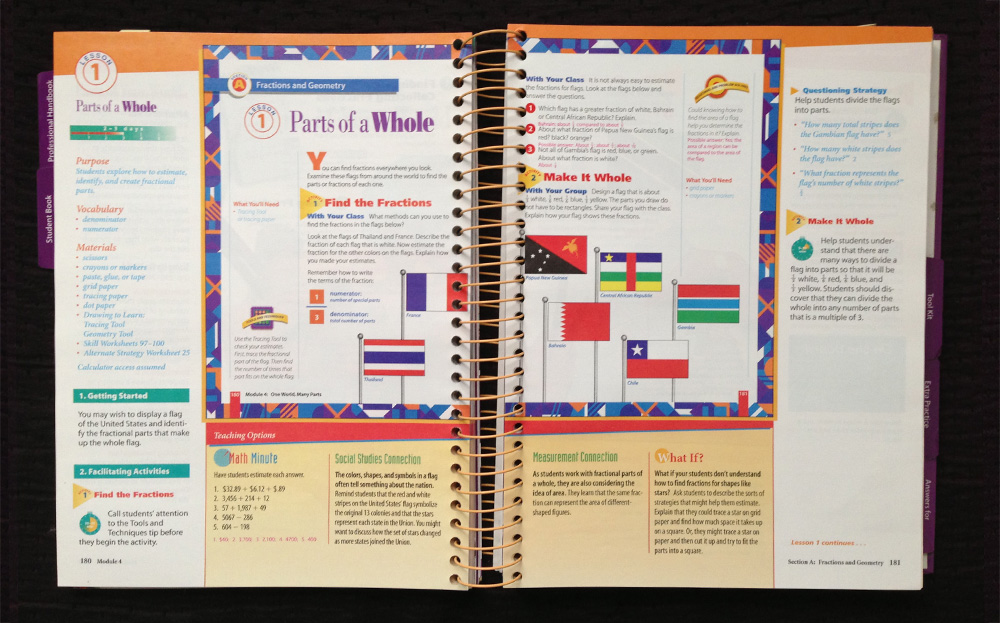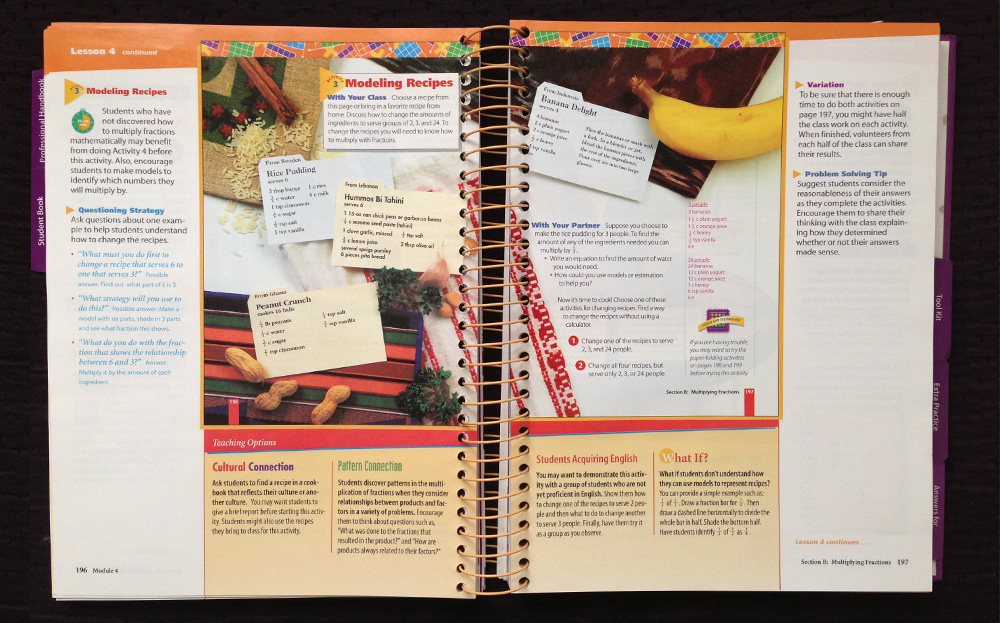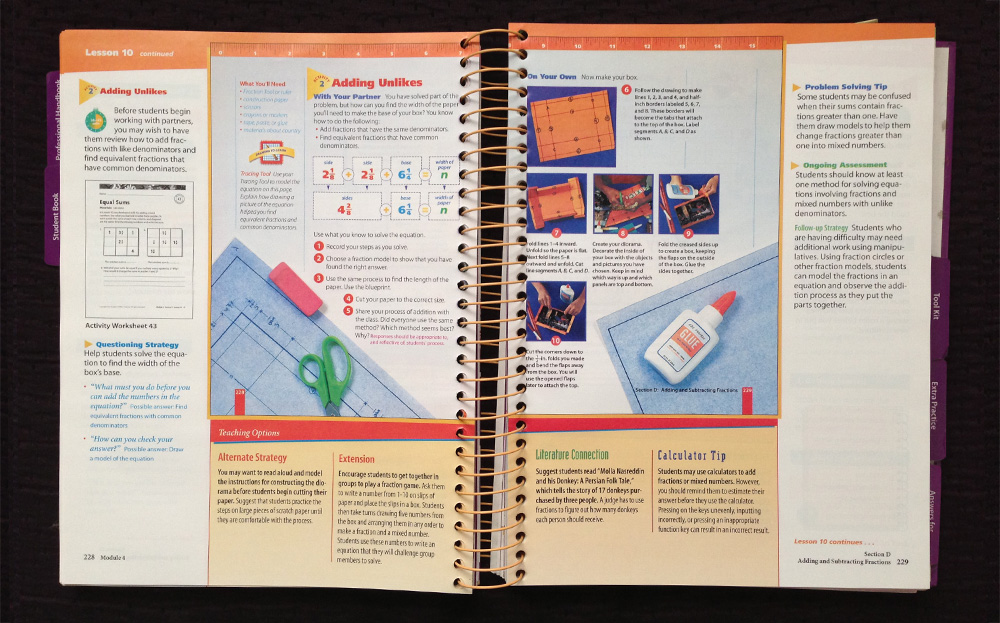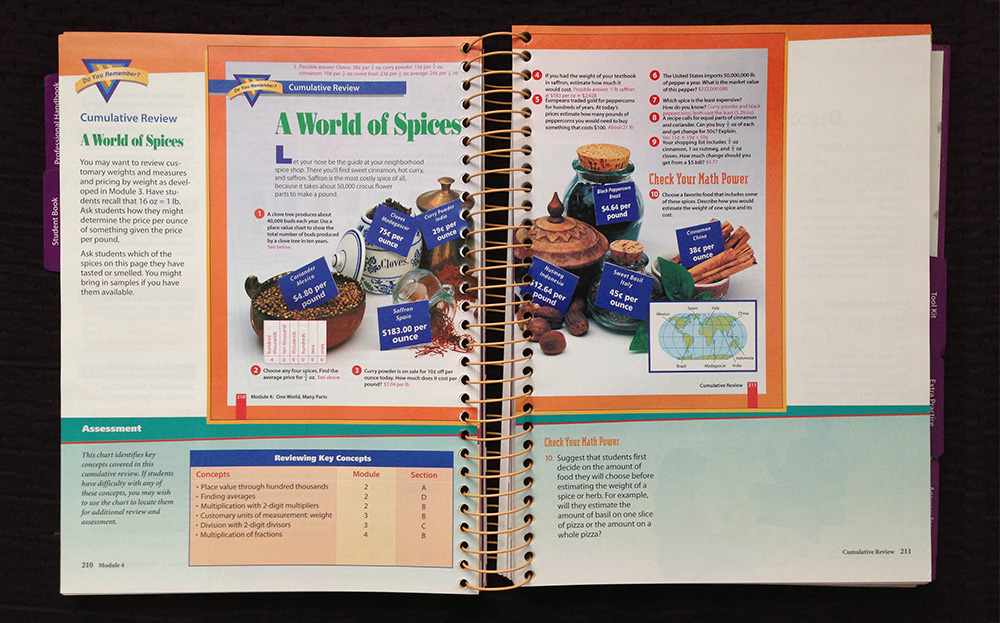Content Development
Writing, research, editing and general content development.
Smithsonian
Information Age: People, Information and Technology
Conducted research, wrote summaries and content outlines for the Smithsonian's major 14,000 square foot interactive exhibition at the National Museum of American History on the technical evolution of information technology and how it changed society.
Project Director: David K. Allison
Project Lead: Jacqueline McGlade
ENIAC
Concept development, research and writing of a permanent exhibit at the University of Michigan School of Engineering on the ENIAC (Electronic Numerical Integrator and Computer), the first electronic digital programmable computer. Designed in 1946 to calculate artillery firing tables for the Army, this was the original room of flashing lights that inspired the set for Star Trek and most other 1950's science fiction.
I chose to address both the history and technology of the ENIAC. Displayed in the lobby of the engineering building, the exhibit would be accessible to both technical and general audiences. After completing the research and interviewing people who worked on the ENIAC in its original implementation, I divided the content into three levels of detail. A quick walk-by answered WHAT the ENIAC was, and longer visits provided detailed information about HOW the ENIAC worked and its importance in the history of computing and society.
Funded by Unisys
Bill Kurtis' The New Explorers
Lead Editorial and Content Developer for a series of interactive digital science curricula based on Bill Kurtis' documentary TV show, The New Explorers, developed for 4–6th graders.
As the liaison between traditional educators and digital media developers, I helped the curriculum experts understand the differences and possibilities of the new media and helped the developers communicate with the instructors. I took classroom guides and activities and translated them into interactive, animated activities distributed through digital media. Designed for classroom use, the supplementary materials addressed teachers' and students' educational and technical needs.
Ligature / Houghton-Mifflin MATH
Ligature was a textbook development house in Chicago. One day they decided to up-end the traditional waterfall production process with its separate teams of editorial, design, and production. This new project for Houghton-Mifflin MATH (fifth and sixth grade) assembled collaborative teams of editors, designers and producers working together chapter by chapter. The concept of the text was to be 50% text, 50% visual, with hands-on activities, real-world connections, literature references, as well as options for kinetic, dyslexic, and aural learners. We taught fractions through flags (parts of a whole and parts of a set), multiplying fractions through cooking, and adding/subtracting fractions by showing how to frame a picture. Geometry was an opportunity to investigate international architecture and inventions.
The images above are from the teacher's edition. The center area of the page shows the student text. The notes to the instructor are around the edges.



